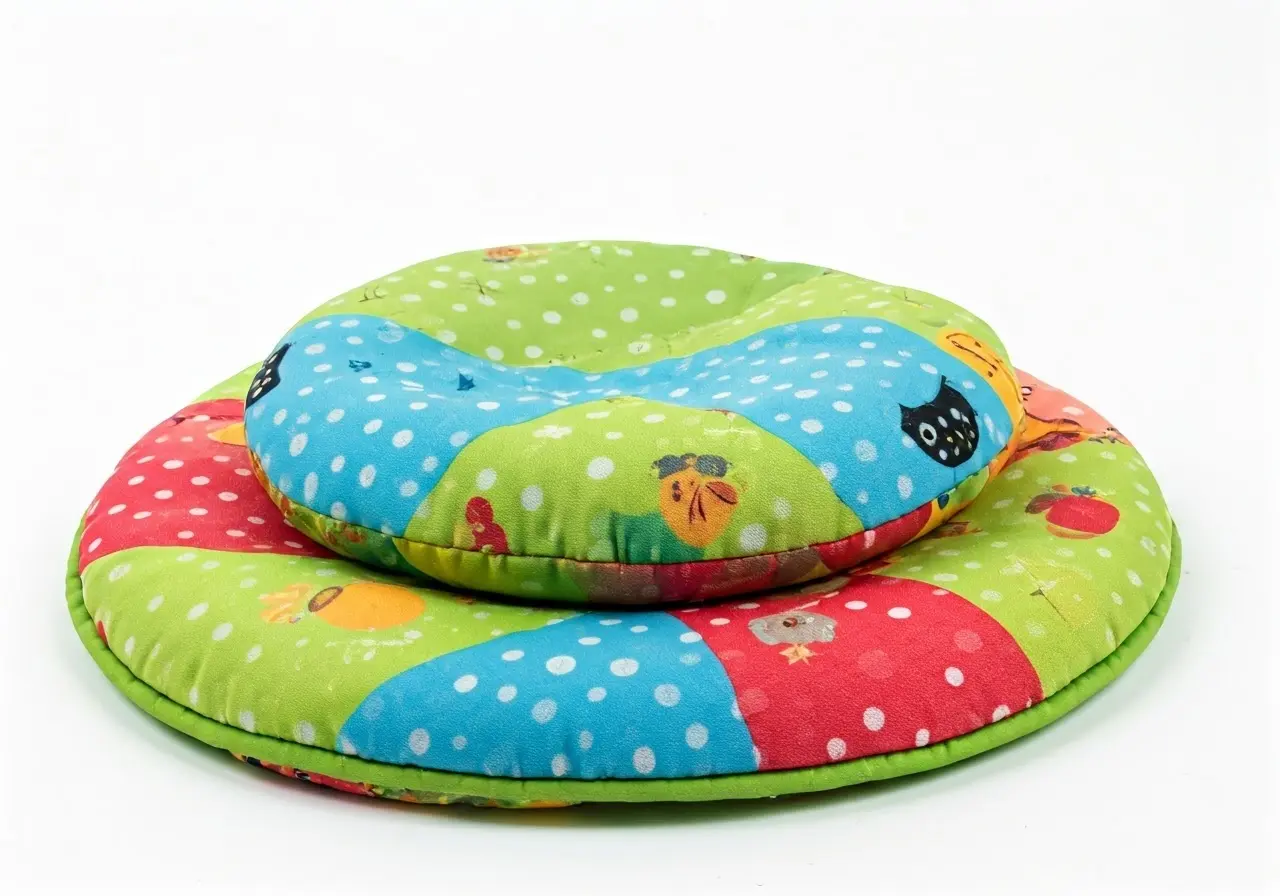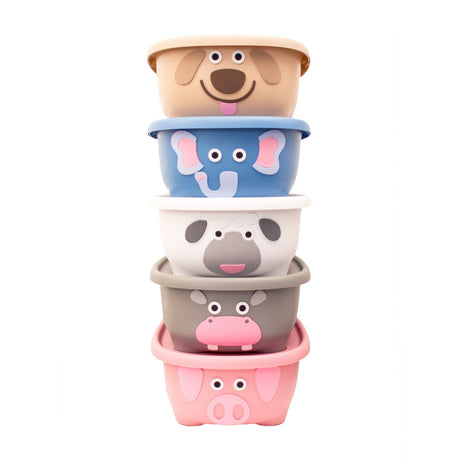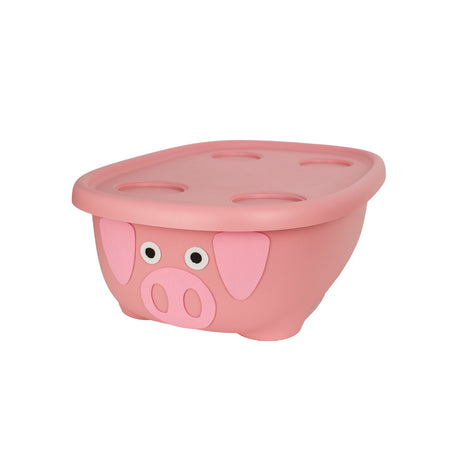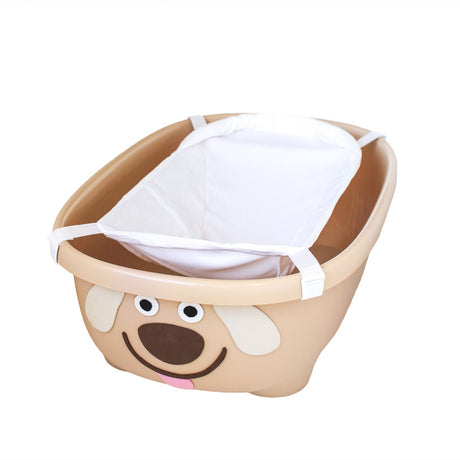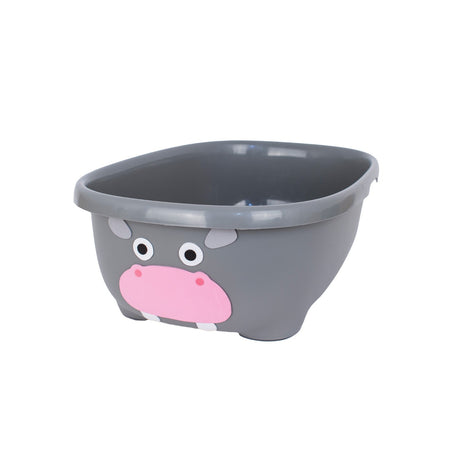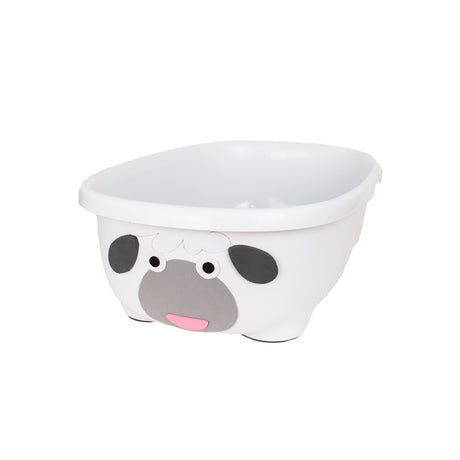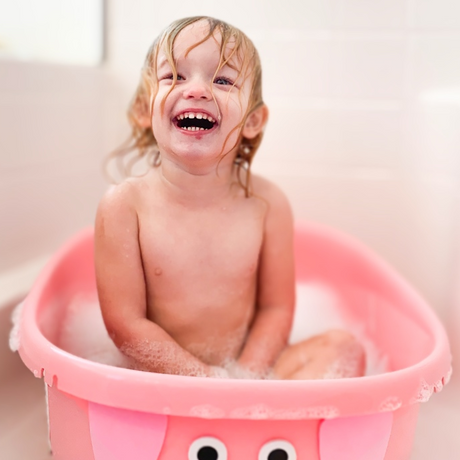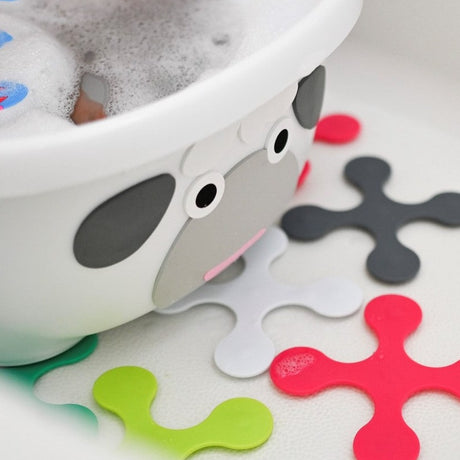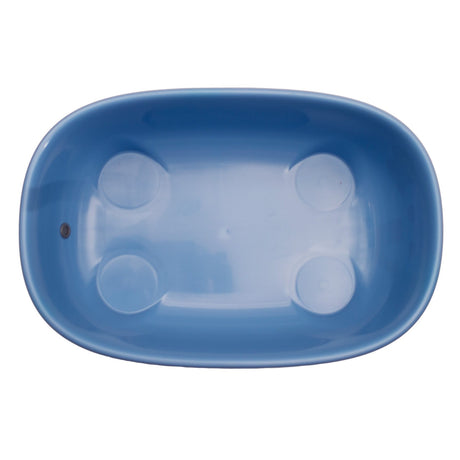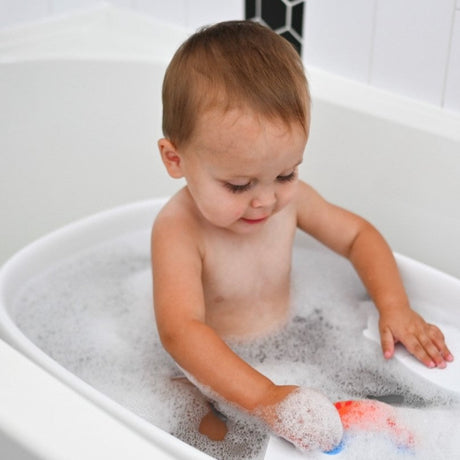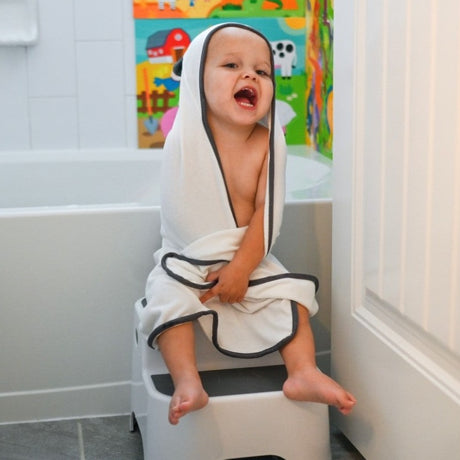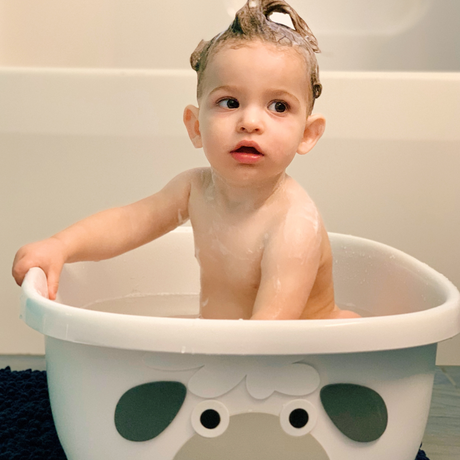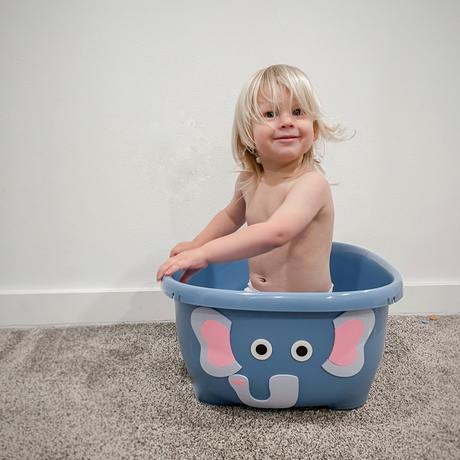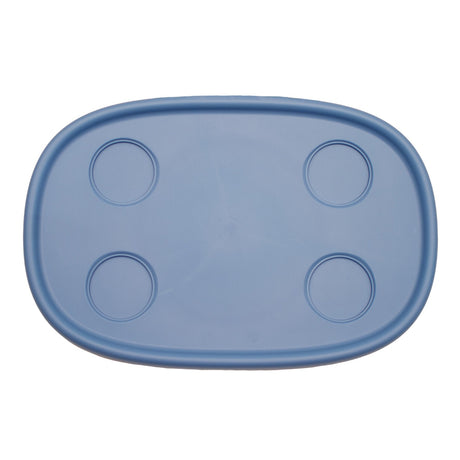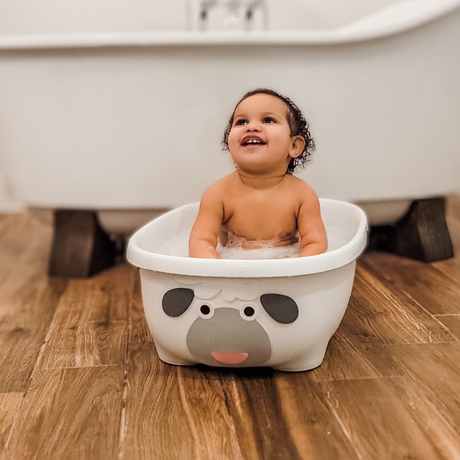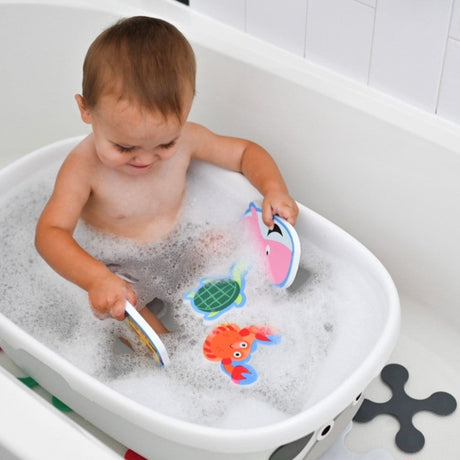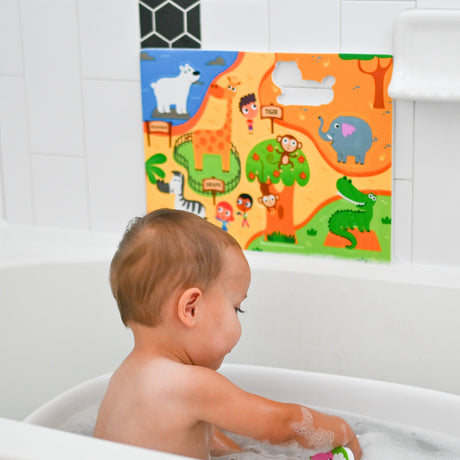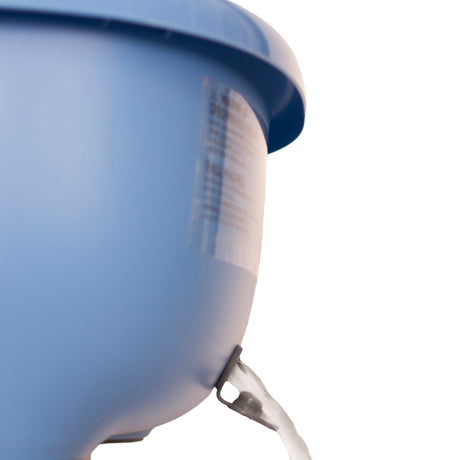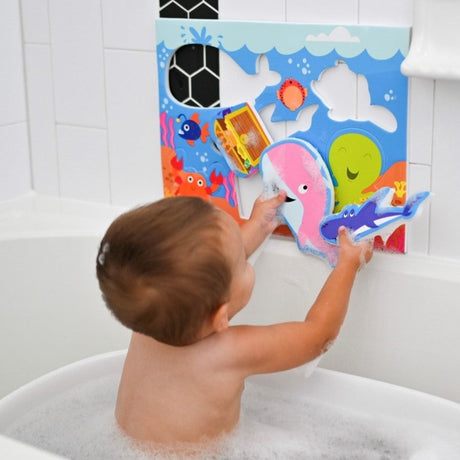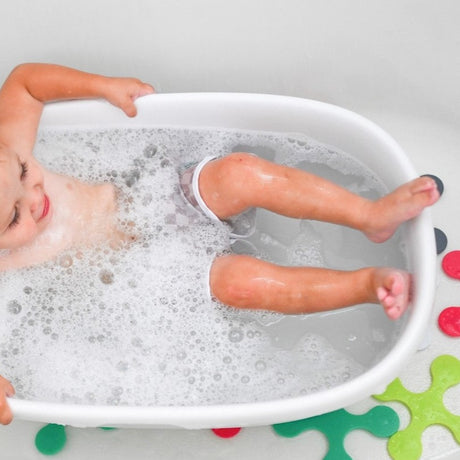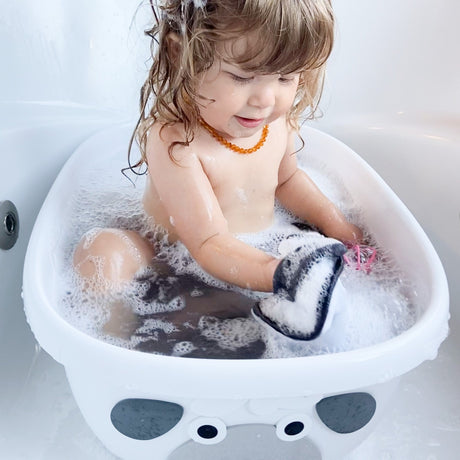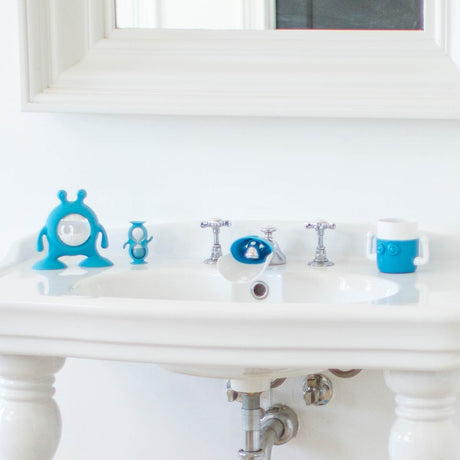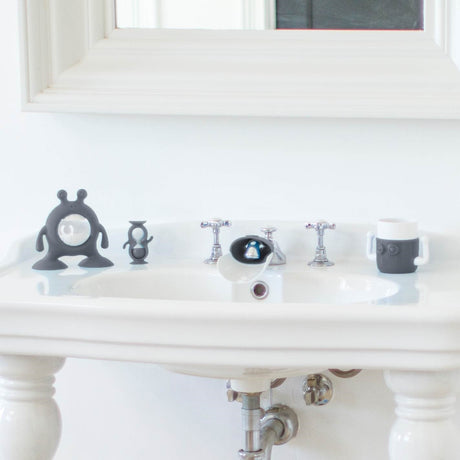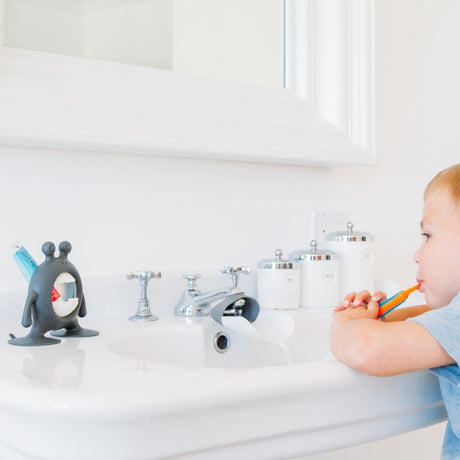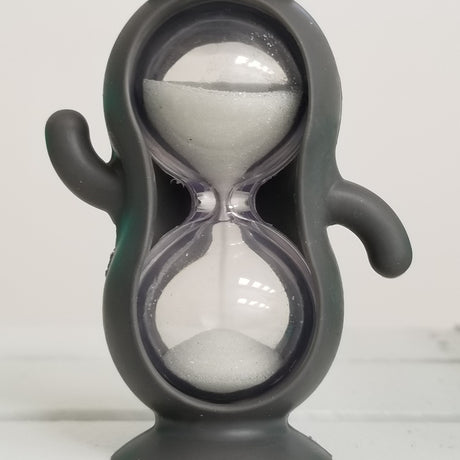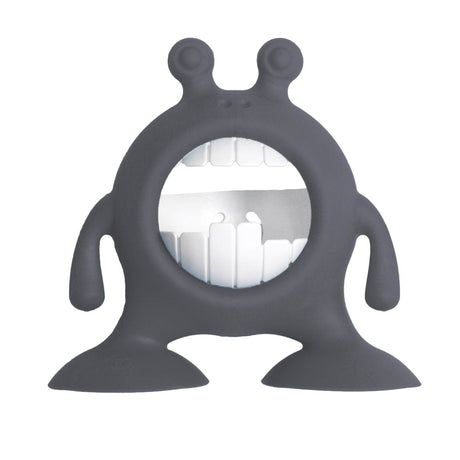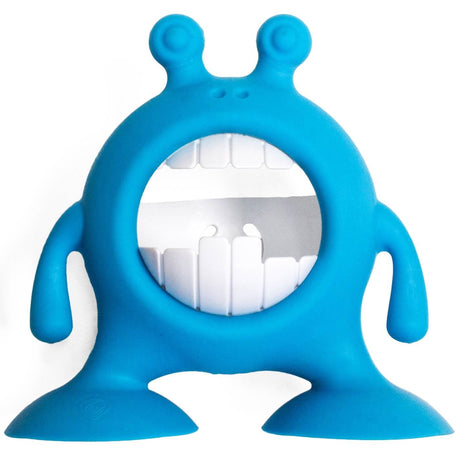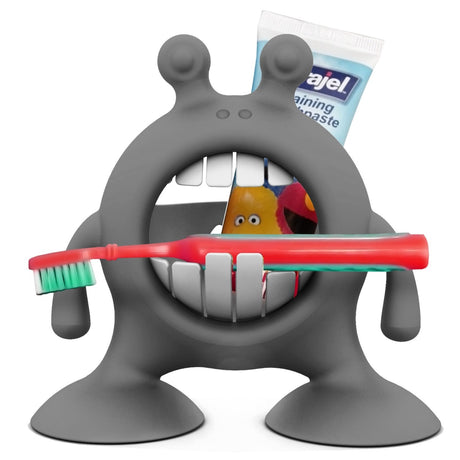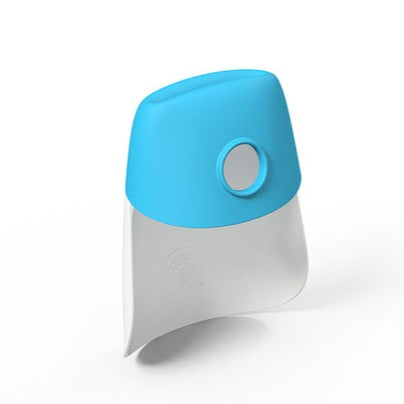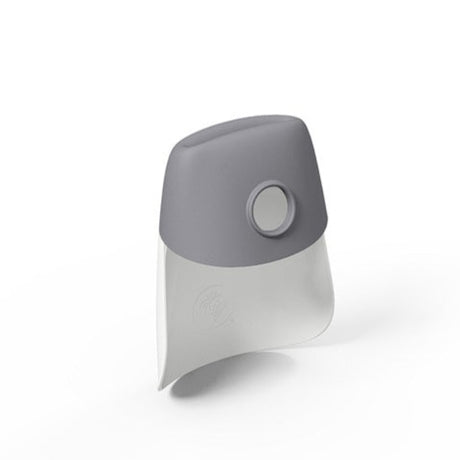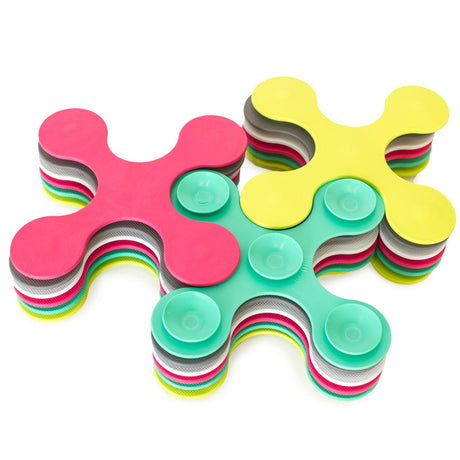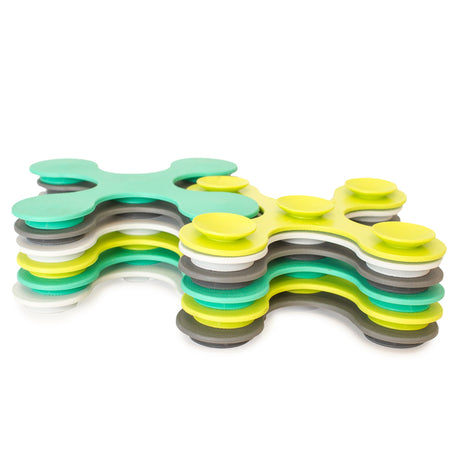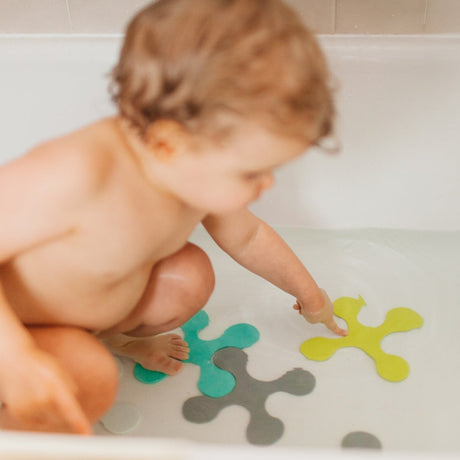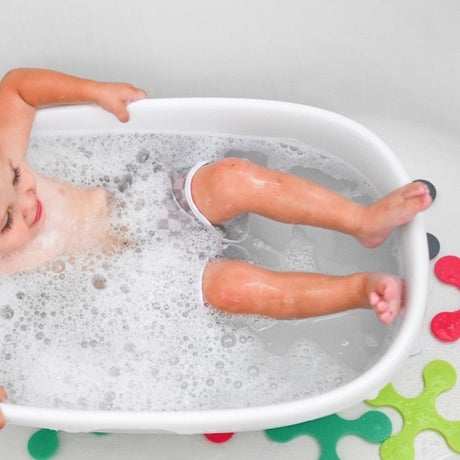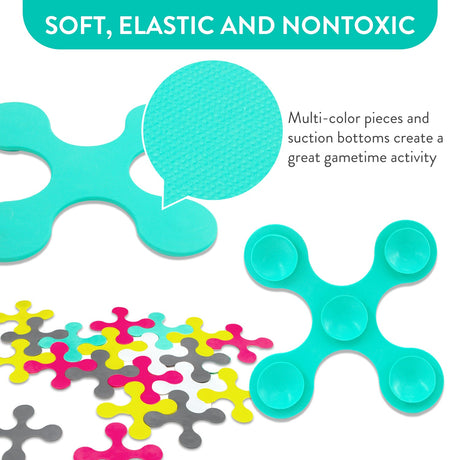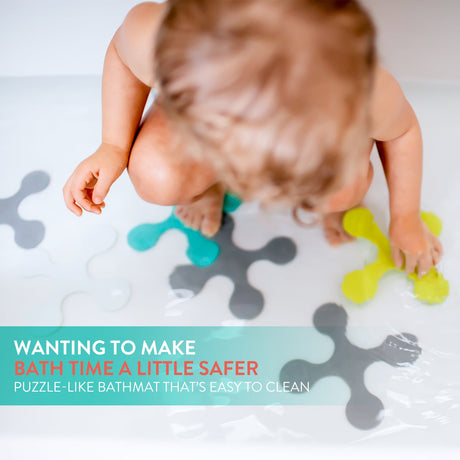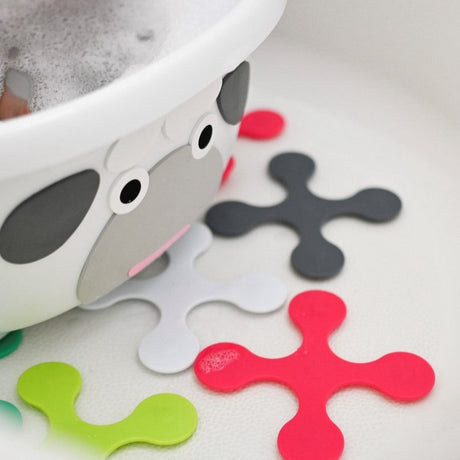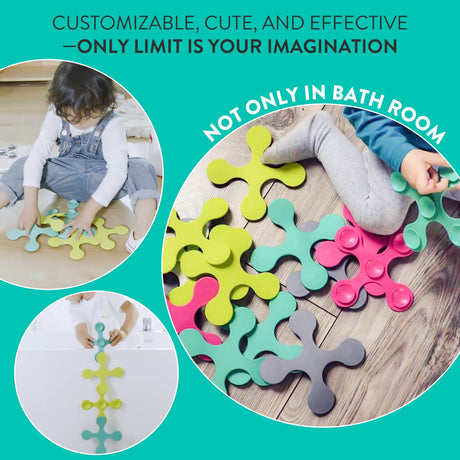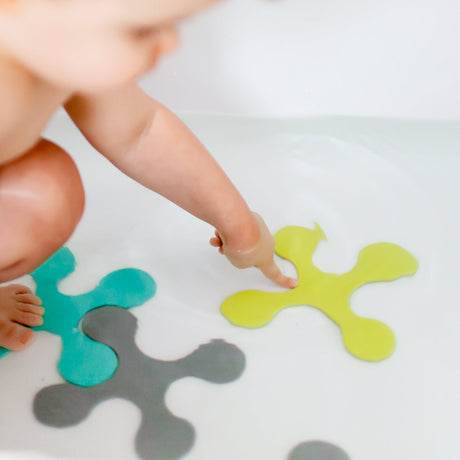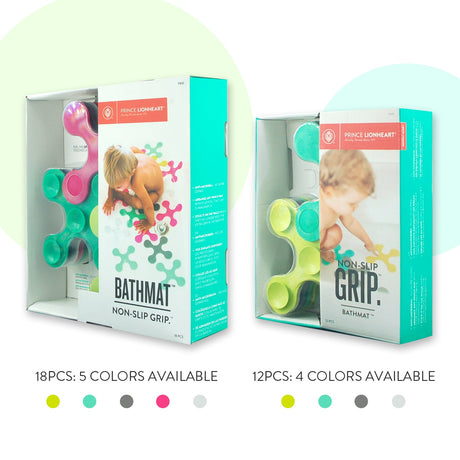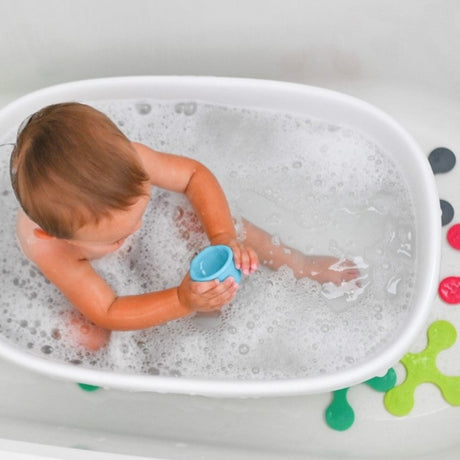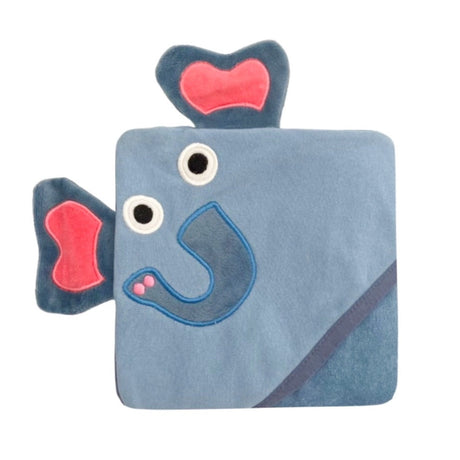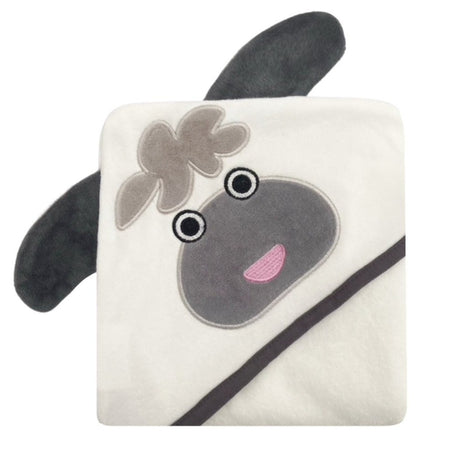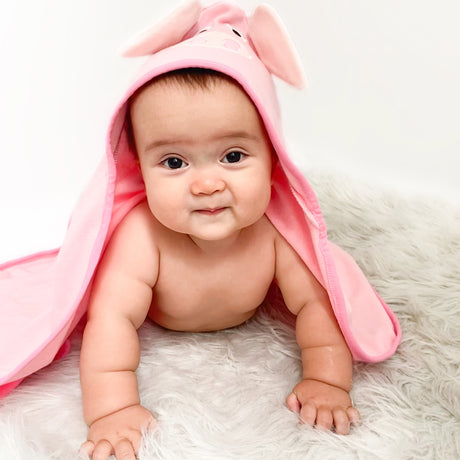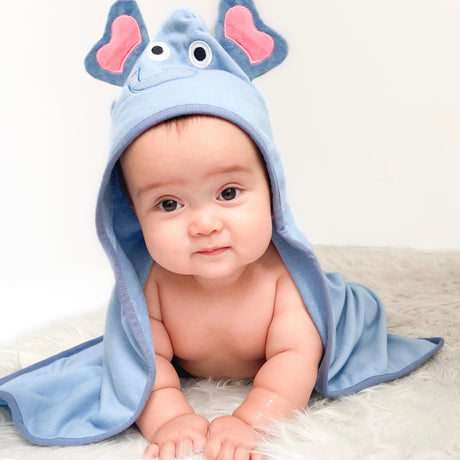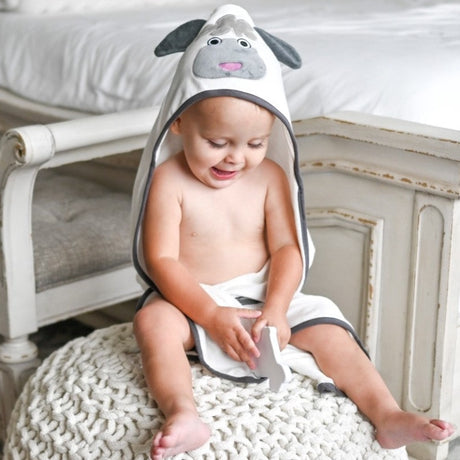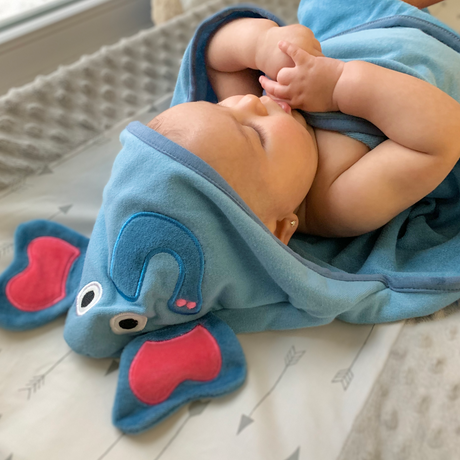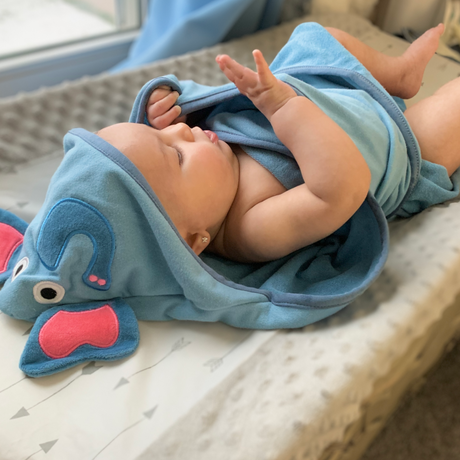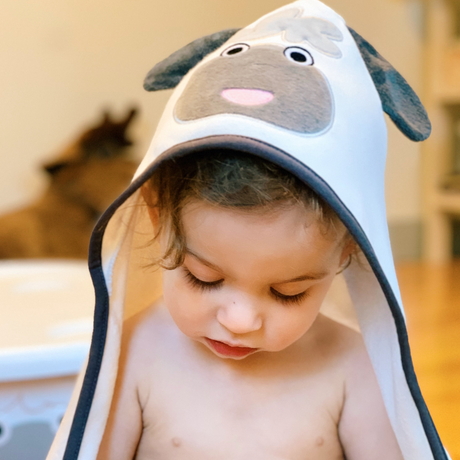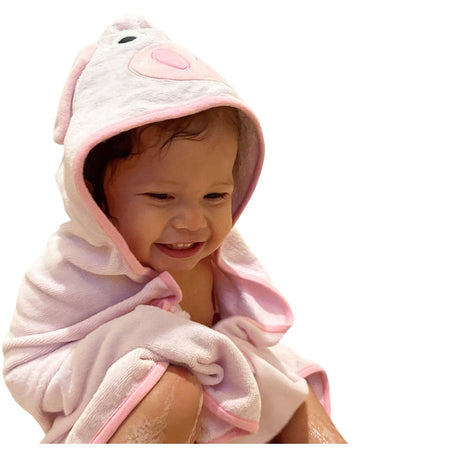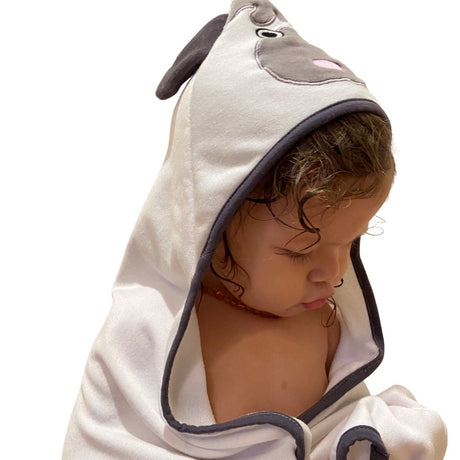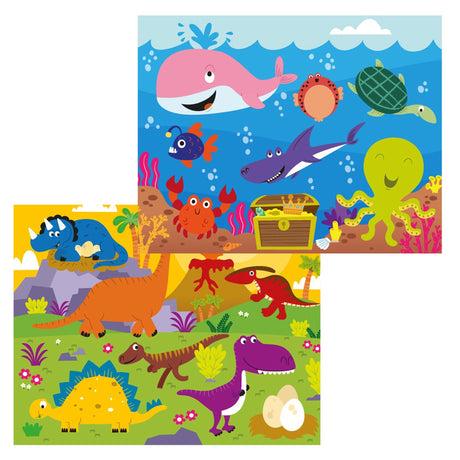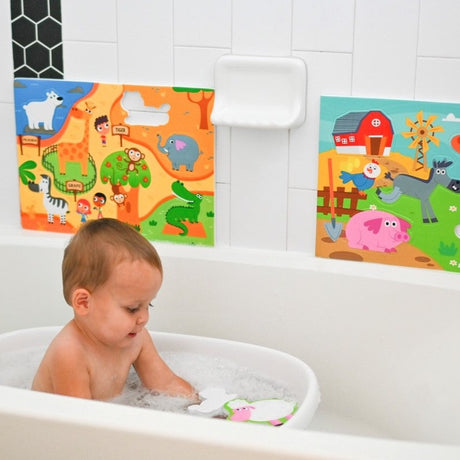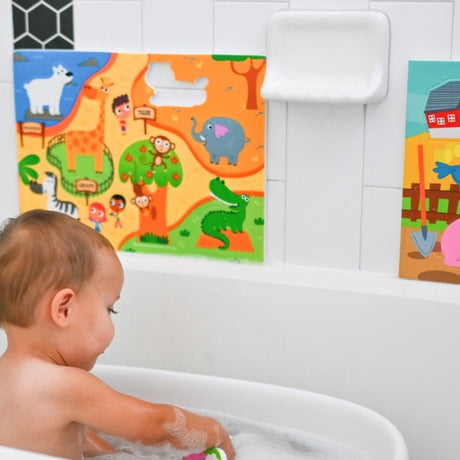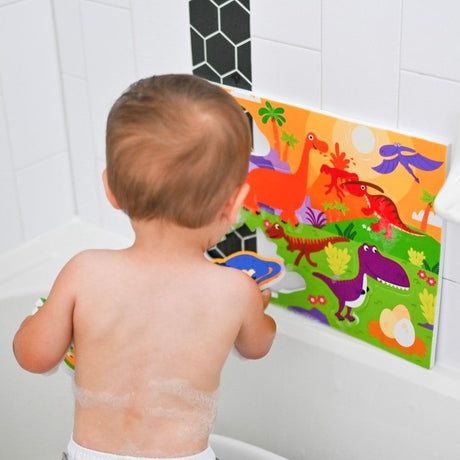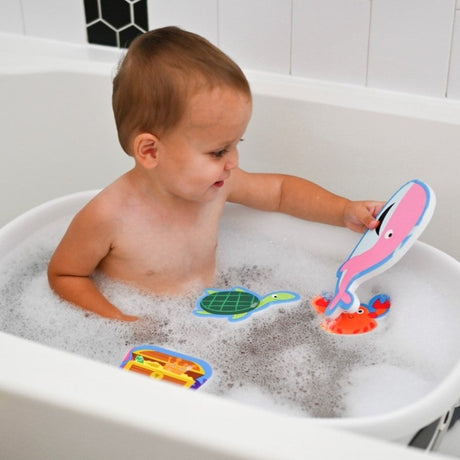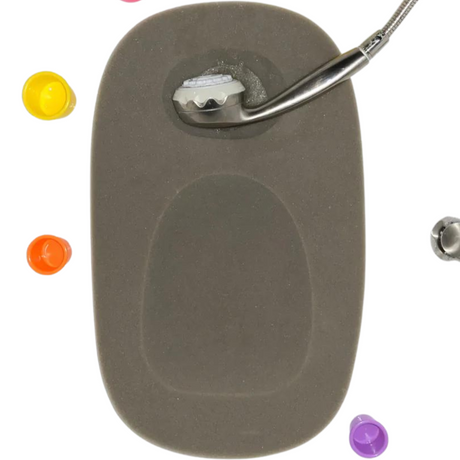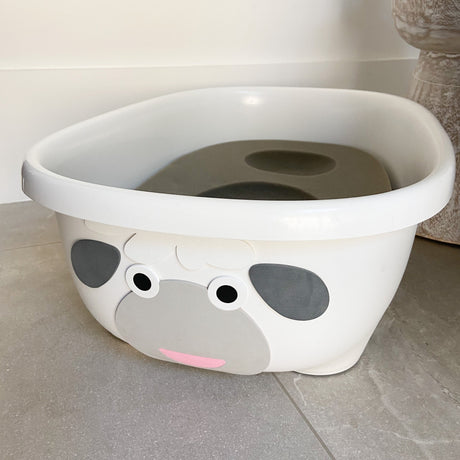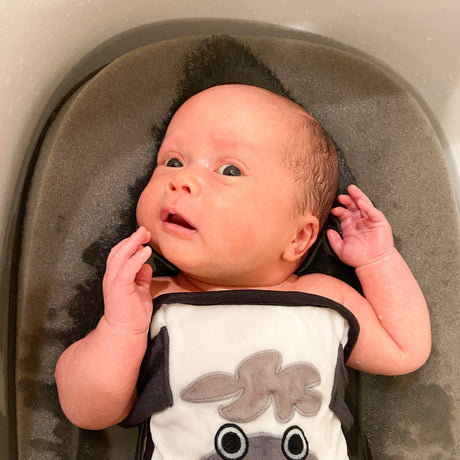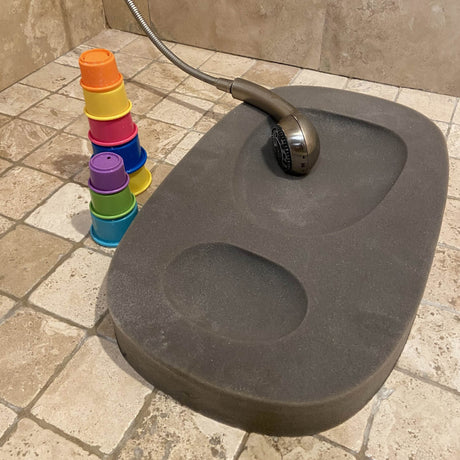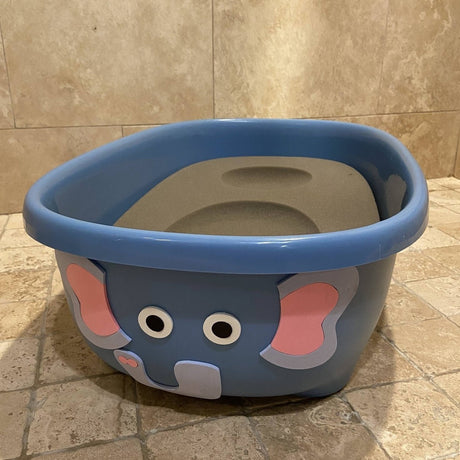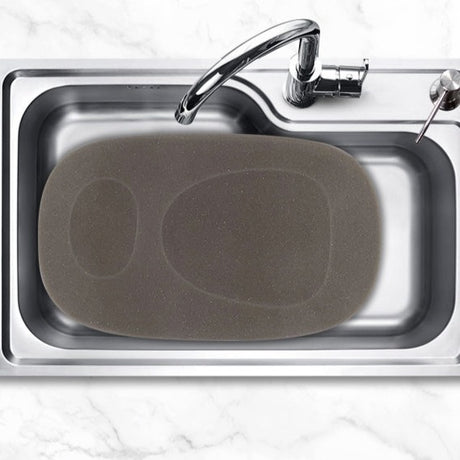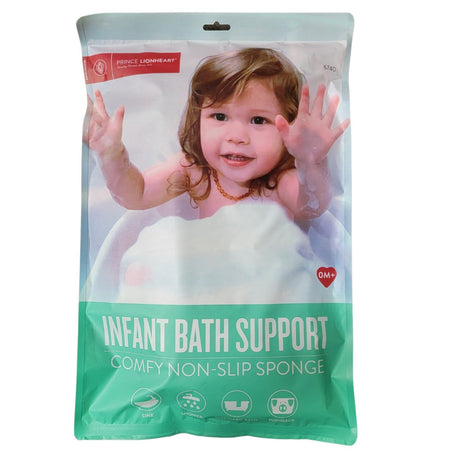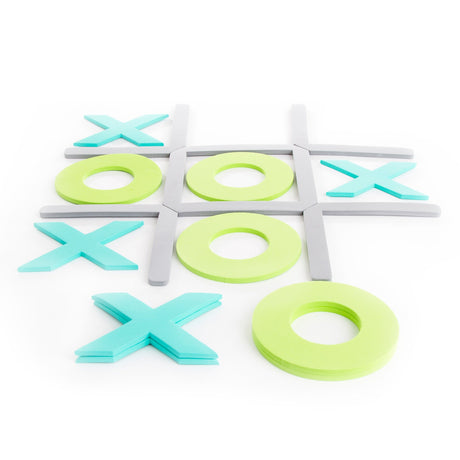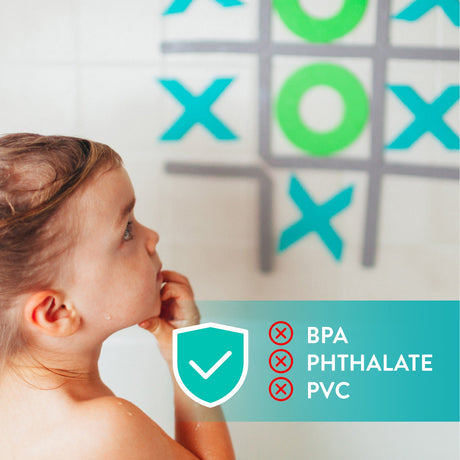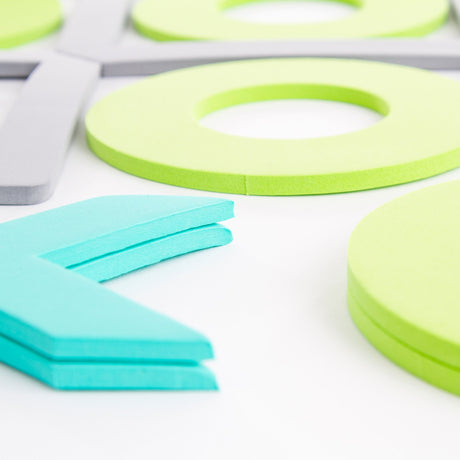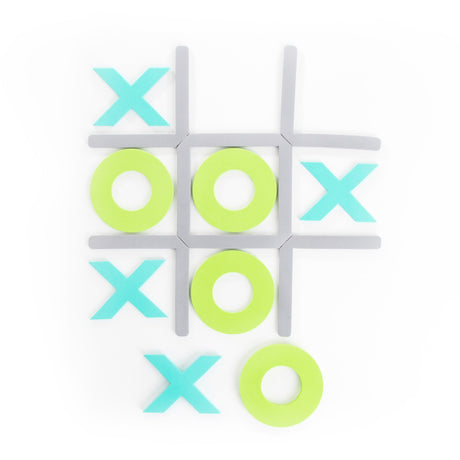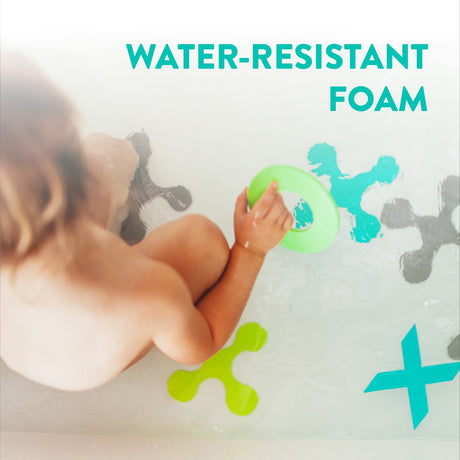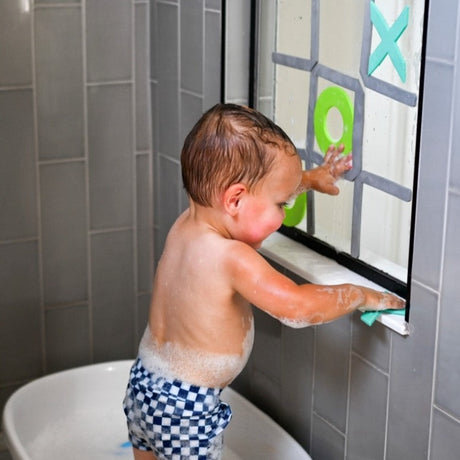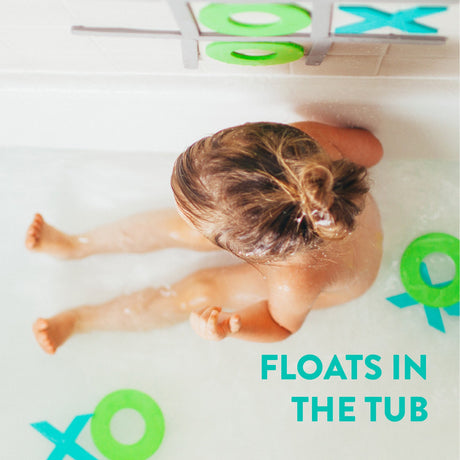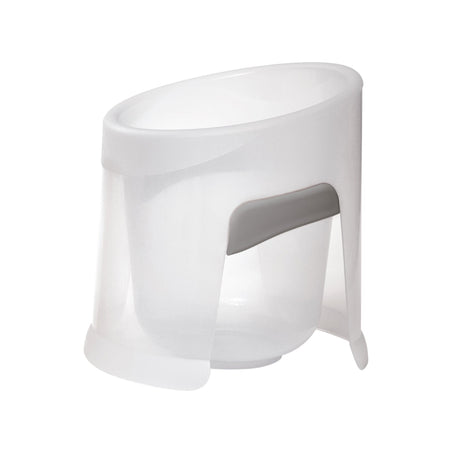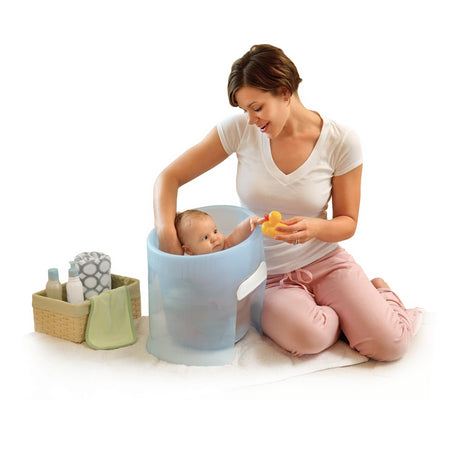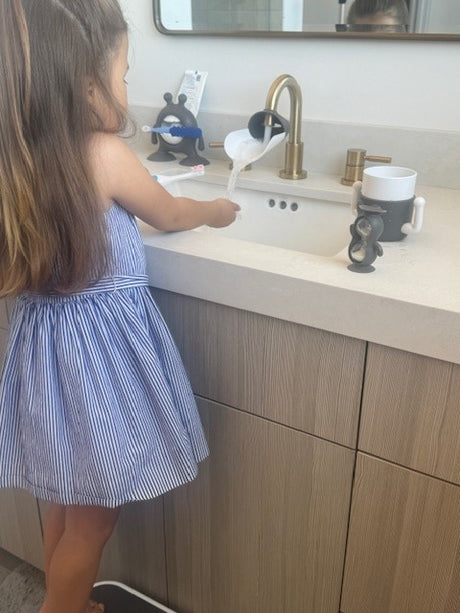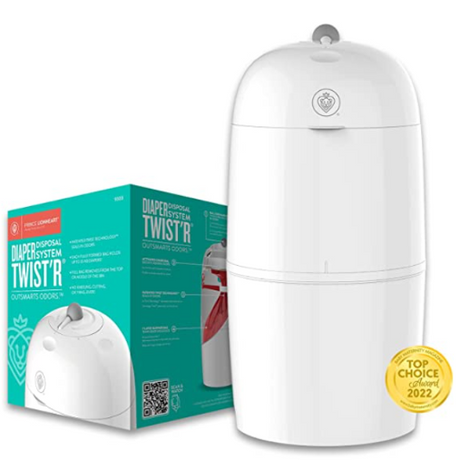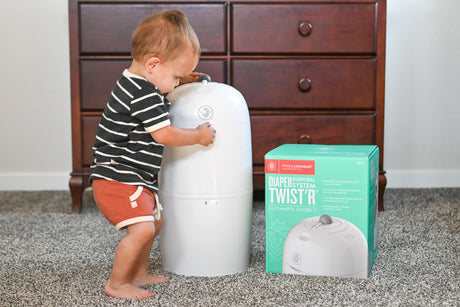As a parent, ensuring the safety of your little one is always a top priority. One often overlooked but crucial item in a baby’s environment is the baby mat. In this blog, we’ll explore why safety in baby mats is so important and what features to look for to keep your baby safe and happy during playtime.
The Role of Baby Mats in Child Safety
Baby mats serve as a foundation for your child’s playtime, providing a safe and comfortable surface where they can explore, play, and develop motor skills. These mats help cushion falls and prevent injuries, making them a crucial part of a child-safe environment.
In the initial stages of a baby’s development, their play space becomes the center of their world. This is where they learn to crawl, roll, and eventually take their first steps. Therefore, the quality and safety of a baby mat are of utmost importance. A well-chosen baby mat can be a designated area free from any sharp edges, hard surfaces, or potentially harmful objects, reducing the risk of accidents as they learn and grow.
Beyond physical safety, baby mats also offer a sensory-friendly environment for babies. These mats often come in vibrant colors and fun patterns, stimulating your baby’s visual senses and promoting cognitive development. They can feature different textures that encourage tactile exploration, which is a critical part of sensory development. For parents, knowing that the mat under their child’s tiny feet is safe can provide significant peace of mind.
Key Safety Features to Look For
When choosing a baby mat, there are several safety features you should prioritize. Look for mats that are made from non-toxic materials, are thick enough to provide ample cushioning, and have non-slip backing to prevent them from sliding on hard floors.
Non-toxic materials are a must. Babies are prone to putting things in their mouths, and the baby mat is no exception. Ensure the mat is free from harmful chemicals like BPA, phthalates, and formaldehyde. There are many non-toxic play mats available today that are made from organic materials like cotton or natural rubber, which are safer alternatives.
Thickness and padding are also crucial. A good baby mat should have sufficient padding to protect your little one from bumps and falls, which are inevitable as they learn to crawl or walk. However, it shouldn’t be so thick that it becomes a tripping hazard. An ideal mat strikes a balance, providing enough cushioning without compromising stability.
The Importance of Non-Toxic Materials
Babies are known for putting everything in their mouths, so it’s essential that baby mats are free from harmful chemicals. Opt for mats that are labeled BPA-free, phthalate-free, and free from other toxic substances to ensure your baby’s safety.
Many conventional foam mats can contain harmful chemicals like PVC, EVA, and polyurethane. These chemicals can emit toxic gases and pose health risks to your baby. For instance, PVC often contains phthalates, which can disrupt endocrine function. Even ‘formamide-free’ EVA mats might have residues of this toxic substance.
A safer option might be mats made from natural rubber or organic cotton. These materials do not contain harmful chemicals and are biodegradable, making them better for both your baby and the environment. Natural rubber mats provide excellent cushioning and have antibacterial properties, adding an extra layer of protection.
Ensuring Proper Padding and Thickness
A good baby mat should be thick enough to protect your baby from falls and bumps. Proper padding not only cushions their falls but also provides a comfortable surface for crawling and playing, reducing the risk of injuries.
The importance of sufficient padding cannot be overstated, especially when considering the frequent falls and tumbles babies experience. Thicker mats ensure that your baby lands on a cushioned surface, mitigating the impact of their falls. However, be mindful of the material used inside the mat as well. Some foam fillings may initially seem soft but could degrade over time, becoming less effective at cushioning impacts.
It is also worth considering multi-layer mats that offer various levels of comfort and protection. These mats often combine a firm base layer for stability with a softer top layer for comfort, providing a balanced, safe surface for your baby to play on. Look for mats that excel in both durability and comfort to ensure long-lasting safety.
For families with limited space or those who want versatility, consider mats that can be easily folded or stored away when not in use. Portability is an added advantage, allowing you to create a safe play area wherever you go, whether visiting family or heading to the park.
The Benefit of Non-Slip Backing
Non-slip backing is a critical feature that prevents the mat from sliding on smooth surfaces. This ensures that the mat stays in place while your baby plays, minimizing the risk of accidents.
Non-slip backing is an essential component that shouldn’t be overlooked. A mat that slides around on hardwood or tiled floors increases the risk of slips and falls. The non-slip feature helps the mat stay securely in one place, providing a stable play area for your baby. This can be especially beneficial when babies start to walk or run, as it reduces the chance of tripping.
When selecting a baby mat, examine the underside to ensure it features a non-slip material. Rubber or silicone backings are often effective at keeping the mat stationary. Additionally, non-slip backing contributes to the overall wear resistance of the mat, ensuring it remains functional even with daily use.
Combining non-slip backing with other safety features like rounded edges and smooth surfaces creates the safest play environment possible. These combined elements work harmoniously to provide a secure, hazard-free zone where your baby can freely explore and develop their motor skills.
Cleaning and Maintenance Tips
Keeping the baby mat clean is essential for your baby’s health. Look for mats that are easy to clean, either with a wipeable surface or machine washable materials. Regular cleaning helps maintain a hygienic play area and prolongs the life of the mat.
A mat that’s easy to clean is a blessing for busy parents. Babies can be messy, and their play areas are no exception. Look for mats with waterproof or wipeable surfaces – these can be quickly and easily cleaned with a damp cloth. This ensures that any spills, dirt, or bacteria are swiftly taken care of, maintaining a hygienic environment for your baby.
Some mats are entirely machine washable, which can be incredibly convenient. This feature allows for deep cleaning, ensuring any harmful germs or allergens are effectively removed. Always check the manufacturer’s instructions to ensure you’re cleaning the mat correctly and maintaining its quality and safety standards.
Routine cleaning should be coupled with regular inspections. Assess the mat for any signs of wear and tear, such as fraying edges or thinning padding. Timely replacement of worn-out mats ensures that your baby continues to have a safe and comfortable play space. Investing in a high-quality mat can pay off in terms of durability and long-term safety for your little one.
Wrapping Up: Safety First for Happy Playtime
In conclusion, baby mats are more than just a soft surface for your child to play on. They are vital for your child’s safety and development. By paying attention to safety features like non-toxic materials, sufficient padding, and non-slip backing, you can create a secure and enjoyable play space for your baby. Always do your research and choose quality over cost to ensure your little one is protected.
